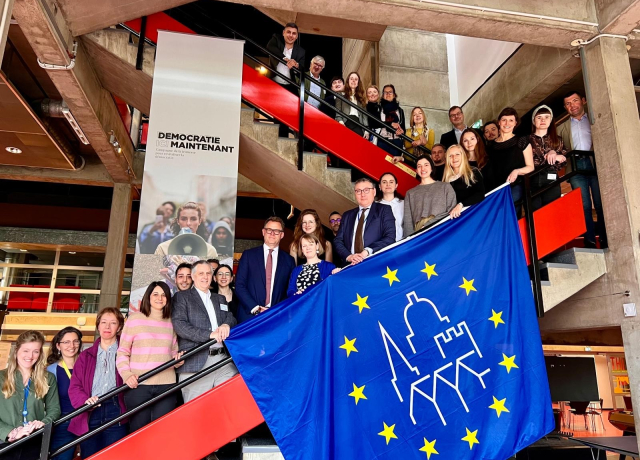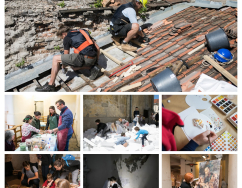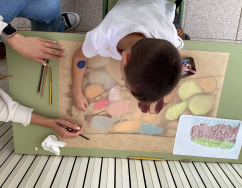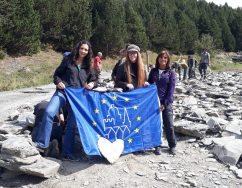European Heritage Days Article:
European Heritage Days vice-chairs discuss the 2024 theme and their international roles
European Heritage Days Article:
European Heritage Days vice-chairs discuss the 2024 theme and their international roles
Q: Can you give a brief overview of how European Heritage Days works in your country, and what your role is as a bit of background.
Liam: England’s offer, Heritage Open Days, is run by The National Trust at a national level and then we have lots of delegation across the country, so there are lots of hubs in different parts of the country which are run by either local councils or voluntary groups or individual charities. We’re quite hands-off from the events; we’re very much a national framework of support, so anything from running workshops or creating and distributing materials like signage, bunting and banners, and then as the festival become busy, it becomes a lot more about press and promotion. Really for us the role of the festival team is to cohere a massive programme across the country of 5,000 plus events so it comes together as one.
Griet: I’m the coordinator for Flanders. I work at the heritage organisation Herita, and we have the task from the Flemish government to organise and coordinate Open Monument Day. This year is the 36th edition as Flanders was quite early to join the programme. I always say it’s an event about monuments, but also a monument on its own; it has a long history and it’s very well known and loved as it is the biggest one-day free cultural event in Flanders.
Agata: I’m working at The National Institution of Cultural Heritage based in Poland and we work under the Ministry of Culture and National Heritage. I am the regular coordinator of European Heritage Days in Upper Silesia. In Poland we not only talk about monuments, but also about intangible heritage, so things like music, dances, and craftsmanship skills – these are the areas we focus on. I try to ensure that our European Heritage Days in Poland builds sensitivity to the various aspects of heritage and awareness for better preservation and understanding of the traditions of small communities.
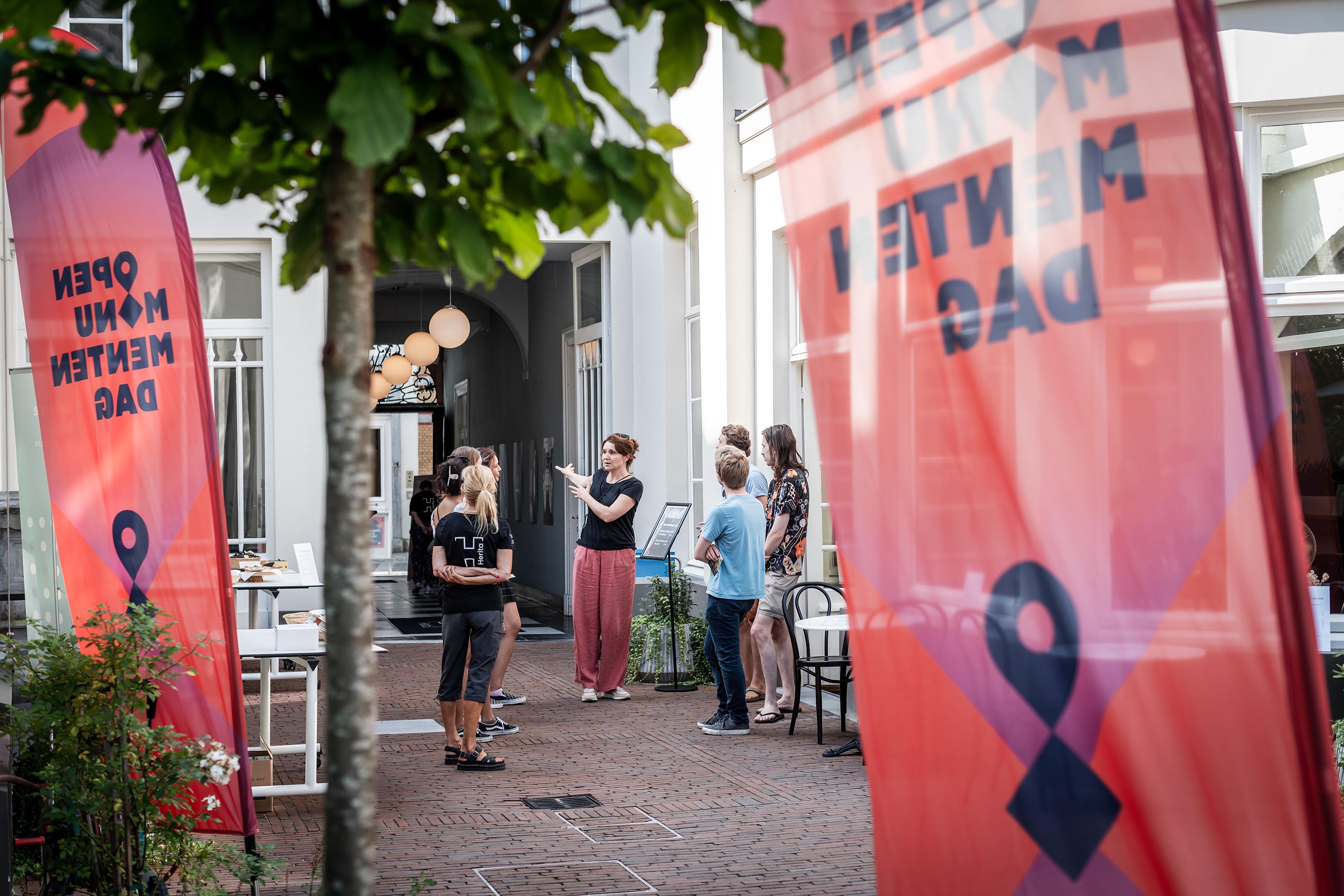
Q: What’s your approach towards encouraging and supporting people getting involved with your European Heritage Days programme?
Griet: My main job is supporting the local organisers and promoting the events. I was so charmed by the enthusiasm of volunteers and the passion of the people in the heritage field that I started an ambassador project where I select eight people with a good story and put them on our website and in our press releases. They make the press coverage more personal and interesting, and people can be inspired to start volunteering or explore a part of the heritage sector.
Liam: The festival is becoming bigger every year with so many volunteers involved. We spend lots of time directly reaching out to new potential organisers and visiting exhibitions like the Museum & Heritage Show to help get more people involved. And really a lot of it’s about recognition and celebration, and what we’re able to do really well is media support. As a national team we try to be community led, so for our latest campaign we asked our community to nominate stories to say what really matters to them and what’s been important over the past 30 years. There is such a great mix of stories that came in, so it will be nice to have a permanent gallery going forward on our website acting as a repository of case studies.
Agata: We are welcoming to anybody who wants to be a part of it. When I was in Strasbourg (at a meeting of the national coordinators), I was in the group who were thinking about accessibility and how to be more open to people with different needs or minorities. So, based on the experience of other countries, this year we are starting our own program focused on Cultural Creators. We’re talking about people from the deaf community who are also artists, animators, curators etc. and how they can not only be a part of events but also create them and be more visible. And each year we will probably choose different groups and promote and highlight the possibilities to work with them and for them. We also have a Grand Celebration of European Heritage Days in November or December where we promote the five best events from each region, which is very important to them because it’s an official ceremony. The winner can be anyone, from an individual owner of a monument or a craftsman to a big museum.
Q: The shared theme this year is Routes, Networks and Connections. How are you incorporating or interpreting the theme as part of your programme this year?
Agata: It’s very interesting. Our institution organised an event a couple of weeks ago where we had a two-day meeting for our regular coordinators and the managers of the Cultural Routes of the Council of Europe. We have 18 certificated routes through Poland and in this meeting there were 15 or 16 of them with us, so it was very nice to share our experiences and to think about how we can collaborate on European Heritage Days.
Griet: I think it has so many opportunities! Our organisers are not obligated to follow the theme, but I do try and motivate them as much as I can because it keeps it interesting for them and for the visitors if they focus on a different theme every year, and it also feels more cohesive as a whole that way. This year I have some partnerships around pilgrimage, railroads and slow travel which they can participate in, and I also send them inspiration around the theme.
Liam: We really try not to overinterpret the theme; we like to let our community digest it and take it where they want to go with it, which often means we end up with some really interesting, fun and diverse events. Currently around 25% of events have taken up the theme for the year and we’re really excited to see how it develops. It’s nice because it’s an anniversary year for us and we’re looking at the festival and its history and that fits quite naturally with the theme of looking at connections and community and all the networks that are part of the festival.
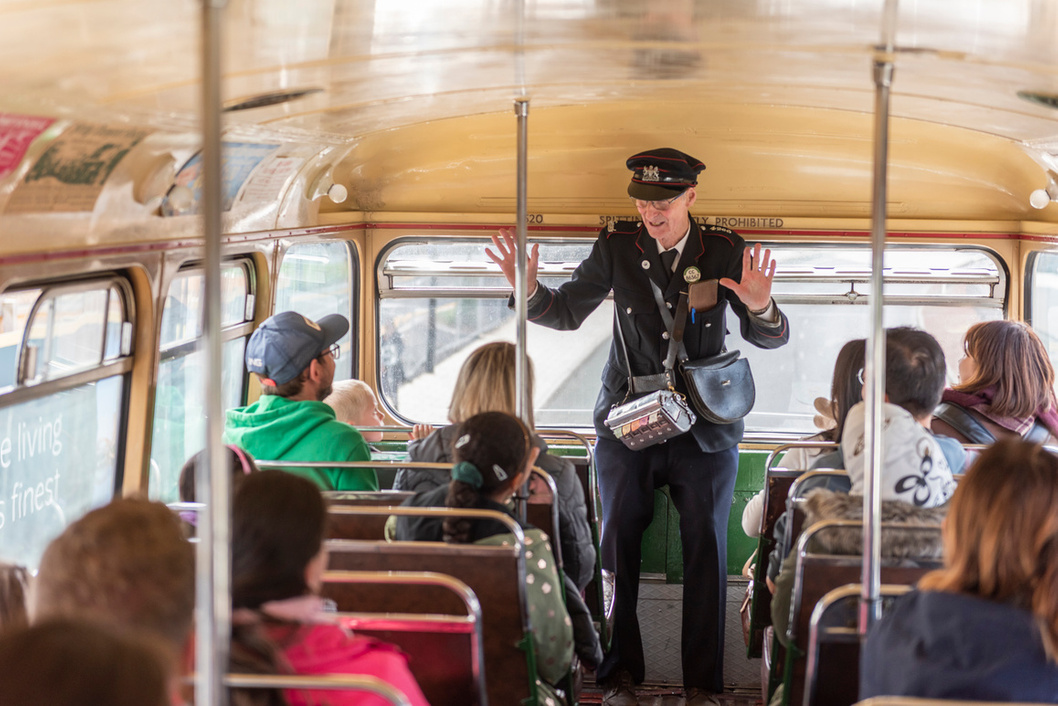
Q: Are there any events this year which really standout as unique or which are great examples of this year’s theme?
Liam: One that always sticks in my mind this year is a forced rhubarb farm in Yorkshire. They’re doing a self-guided tour of different routes and waterways that helped make the farm a success, and I would never have thought of that in connection with the theme, but it’s nice to see what people come up with and where they go with it. There have been loads of really interesting interpretations.
Griet: An obvious activity is organising a walking or cycling tour; there will be loads linking different heritage sites in one tour or focused around a central theme. There will also be a lot of cemeteries participating, focusing on ‘the last route’ which is all about the route your body takes after you die and the historic customs connected to that. This is a good example of something local organisers maybe wouldn’t consider right away, but we talked about it on our inspiration day and I feel it has been picked up widely.
Agata: In my region we have lots of industrial heritage and mining, so for example underground paths are very interesting. During a recent meeting we were joined by representatives of the shepherd community who created the cross-border route of Wallachian culture which presents all types of heritage, from natural to material and intangible, and this year they will allow us to experience it and understand it better. I also saw there is an event on our website about the legacy of Cinderella which is connecting a trail of castles and palaces so there will be some storytelling, and each year organisers also visit local monuments as part of bike trails, which fits very well into the current topic.
Q: What is your role and involvement as a vice-chair of European Heritage Days?
Griet: There are over 40 countries that organise European Heritage Days. It’s a very big group for the team at European Heritage Days to get in touch with and really have a feel for what they need. So, we’re a sort of sounding board or a bridge between the two; inputting ideas which we think would help the bigger group and feeding back on questions from the central team at EHD. One of the things about being a coordinator for European Heritage Days is that although in a lot of countries they have a big team, in others like mine it’s very small. It's great to be able to exchange tips and ideas with my colleagues from the network.
Liam: Back in March we had a meeting in Strasbourg where we brought together all the national coordinators, and as vice-chairs we were running smaller working groups looking at different challenges we were facing nationally. I was running a small working group about youth engagement, and we were looking at how under 30s might engage with European Heritage Days in different countries and sharing ideas and knowledge.
Agata: The meeting in Strasbourg with the national coordinators from different countries has opened my mind, it’s very important to work with each other because we often share the same heritage and can learn from each other. We are starting to build something so that European heritage can be more visible in different countries. Last week when I gave a speech at a meeting in Poland I was also talking about the projects in other countries to promote their work, and I think being chair or vice-chair is to exchange our knowledge and to be a part of a bigger event.
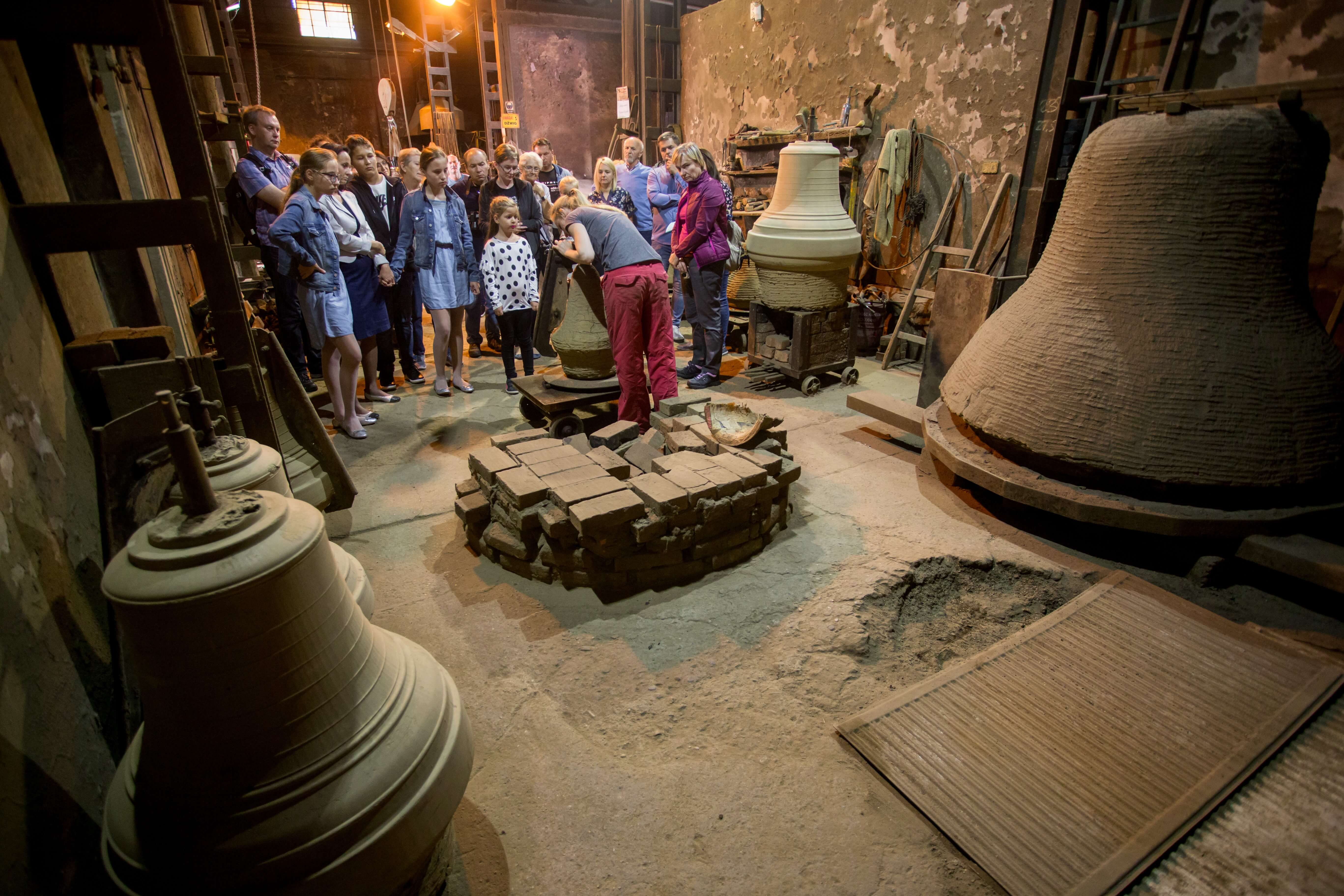
Q: In terms of the events being part of a Europe-wide celebration, what do you see as the main benefits of being part of the wider European Heritage Days initiative under the Council of Europe umbrella?
Agata: I think European Heritage Days are really strong because we can be heard in a bigger area. That it is open for everybody is of real value for local communities, especially when they have an award at the European level. For the first time we were part of Young European Heritage Makers and one of our organisations won an award in the 6-11 years category. They are really happy to be a part of it and share what they are doing. I hope we will build stronger connections and work together on cross-border projects and that being part of this will give opportunities to work with other countries.
Liam: Personally, for me one of the biggest benefits is networking with other people doing similar jobs; being able to connect with others who run similar festivals is a huge benefit. For the community, there is a sense that your event is part of a national festival, but also that’s it’s part of this international moment of so many different events and so much going on. I think it’s a really nice symbol of equality and access and inclusion where everyone’s on the same page and everyone comes together to celebrate history and culture, and that’s really special and really powerful.
Griet: It does form a kind of bond that it’s at the same time everywhere. I think there’s more to gain on that front and that’s maybe something to discuss, but my organisers know they’re part of a European network, they really like the flags and a lot of them really enjoy showing the European dimension that way. I know from other colleagues that have no budgets that they really depend on this promotional material and the visuals, so it’s a very diverse way people implement this. This year because it’s in the theme there will be a lot more activities centred around this sense of all being connected.
Thank you all for sharing your insights and experiences. It's clear that European Heritage Days is not just a celebration of our shared history, but a powerful reminder of the connections and community that bind us all together across the continent.
